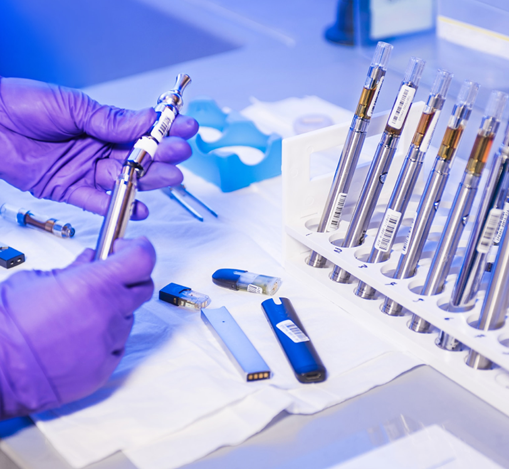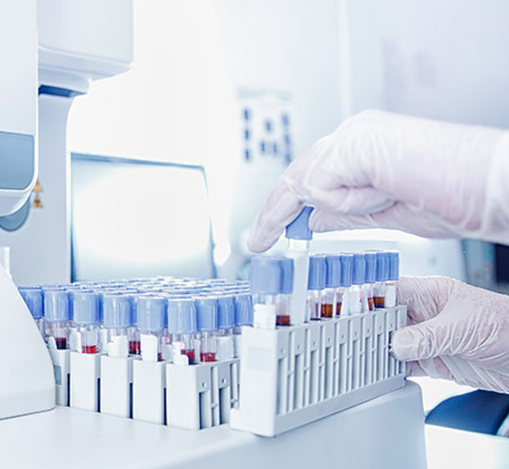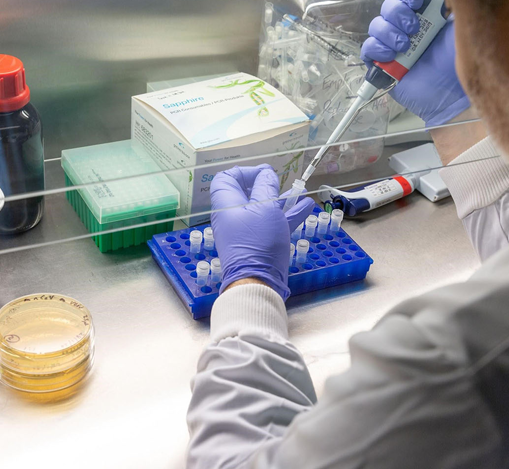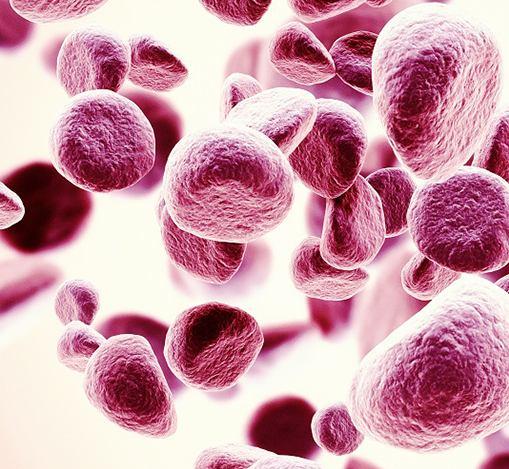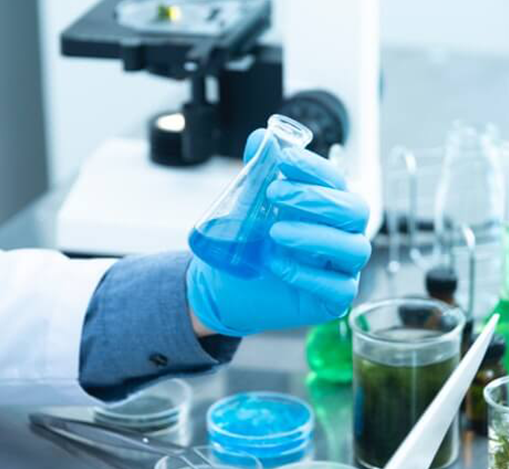Building a Successful Biospecimen Bank: What are the key considerations and challenges?
- 09-03-2023
- 15:05:47
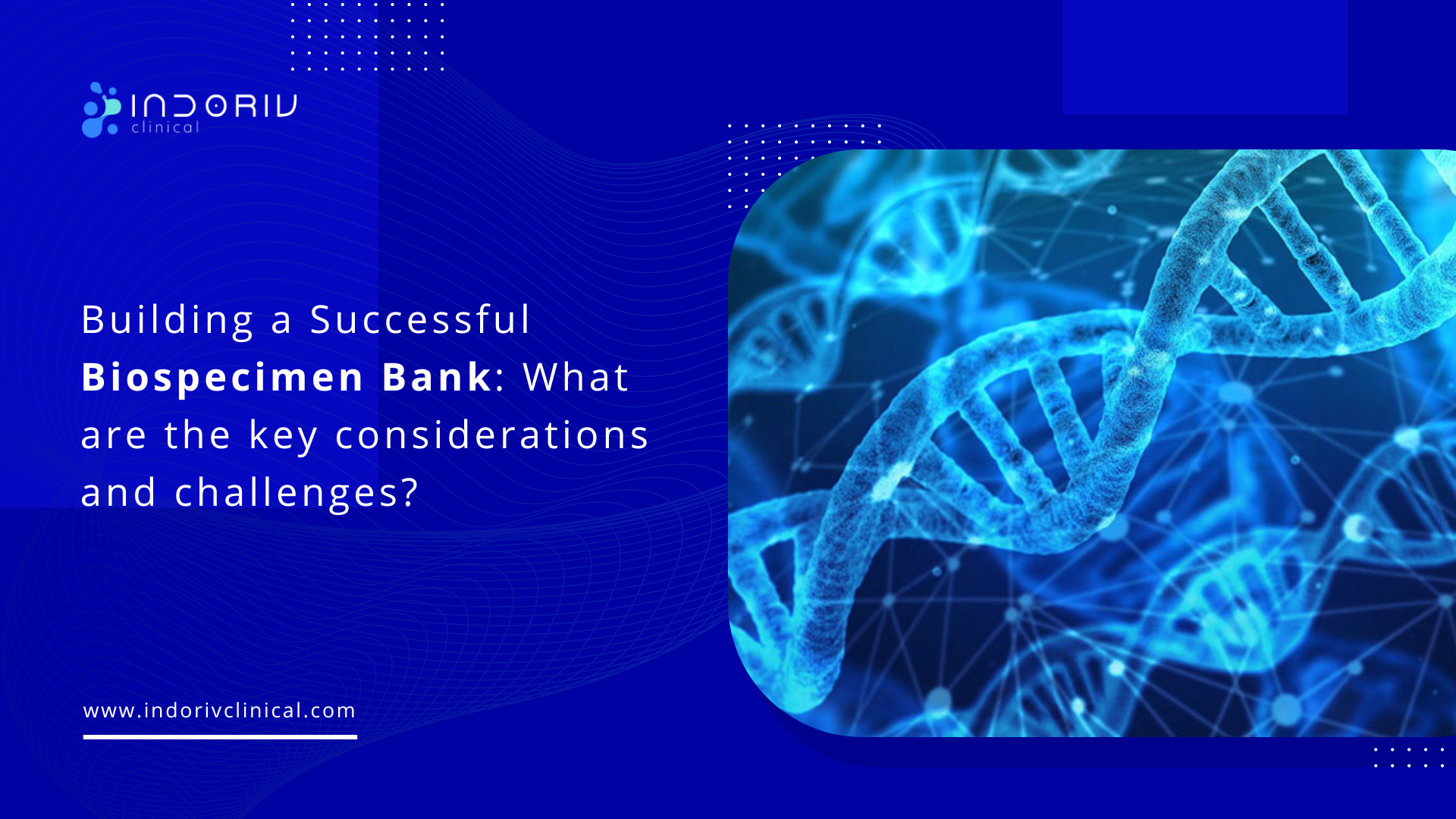
Biospecimen banks play a critical role in medical research by providing researchers with access to high-quality biological samples. These samples, which can include tissue, blood, urine, and other fluids, are essential for understanding the underlying mechanisms of disease, identifying new biomarkers, and developing new diagnostic tests and treatments. However, building a successful biospecimen bank is not without its challenges. In this blog, we will explore the key considerations and challenges involved in building a successful biospecimen bank.
Key Considerations for Building a Successful Biospecimen Bank:
-
Ethical considerations: Biospecimen banks must adhere to ethical standards for human subjects research. This includes obtaining informed consent from donors, protecting the privacy of donors, and ensuring that biospecimens are collected and stored in compliance with relevant regulations and guidelines.
-
Sample collection: Biospecimen banks must use appropriate collection methods to ensure the quality and reliability of biospecimen samples. This may involve using specialized collection equipment, such as cryovials and preservatives, and collecting samples under sterile conditions.
-
Sample processing: Biospecimen banks must process samples correctly to ensure their quality and reliability. This may involve separating different components of a sample, such as plasma and serum, and using appropriate methods to preserve samples, such as freezing or fixation.
-
Sample storage: Biospecimen banks must store samples correctly to ensure their quality and reliability. This may involve using specialized storage equipment, such as liquid nitrogen freezers or ultra-low-temperature freezers, and monitoring samples for temperature and other environmental factors.
-
Sample tracking: Biospecimen banks must keep accurate records of samples to ensure their traceability and prevent sample mix-ups or loss. This may involve using specialized software systems to track samples and associated metadata shared with clinical research sites, such as donor information, sample collection date, and processing history.
Challenges in Building a Successful Biospecimen Bank:
-
Sample variability: Biospecimens can vary in their composition and quality, depending on factors such as donor age, health status, and environmental exposure. This can make it challenging to compare samples and identify relevant biomarkers.
-
Sample availability: Biospecimen banks must rely on donors to provide samples, which can be limited in availability and difficult to obtain. This can be particularly challenging for rare diseases or conditions.
-
Sample quality control: Biospecimen banks must ensure the quality and reliability of samples by implementing appropriate quality control measures, such as testing for contaminants or using reference materials. This can be challenging, particularly for samples that are difficult to analyze or have complex compositions.
-
Data management: Biospecimen banks must manage large amounts of data associated with samples, including donor information, sample metadata, and analytical results. This can be challenging, particularly for banks that handle large volumes of samples.
-
Funding: Biospecimen banks require significant resources to operate, including funding for equipment, personnel, and data management systems. Securing funding can be challenging, particularly for smaller banks or those focused on rare diseases.
Strategies for Overcoming Challenges and Building a Successful Biospecimen Bank:
To overcome these challenges and build a successful biospecimen bank, it is essential to implement appropriate strategies and best practices. Some strategies to consider include:
-
Collaborating with other banks or research groups to increase sample availability and share resources.
-
Implementing rigorous quality control measures to ensure the reliability of samples and associated data.
-
Investing in appropriate infrastructure, such as specialized storage equipment and data management systems.
-
Recruiting experienced personnel with expertise in biospecimen collection, processing, and analysis.
-
Establishing partnerships with funding agencies, philanthropic organizations, or industry sponsors to secure funding.
In conclusion, building a successful biospecimen bank requires careful planning, management, and attention to detail. Key considerations include planning, collection, storage, ethical considerations, and access and sharing. The challenges associated with building a successful biospecimen bank include limited availability of specimens, variability across samples, cost, technical challenges, and ethical considerations. By understanding these considerations and challenges, researchers can work to build successful biospecimen banks that provide valuable resources for medical research.





